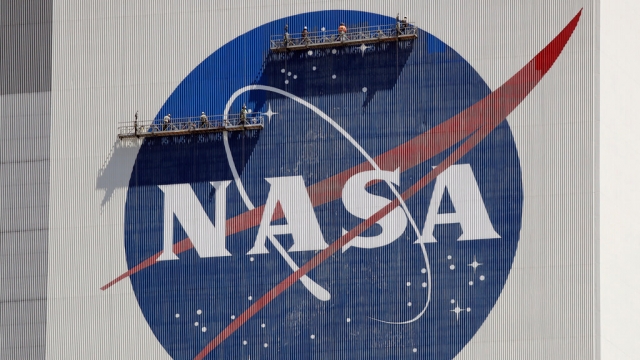A new report from NASA says proper UFO research will need new scientific techniques, and a change in how we perceive UFOs culturally.
NASA released its findings after studying the state of UFOs and UFO science for the last year. At the time, some officials defended the decision to look into a frequently controversial subject.
"We are not shying away from reputational risk," NASA’s science mission chief Thomas Zurbuchen said at the time. "Our strong belief is that the biggest challenge of these phenomena is that it’s a data-poor field."
First, the report did not find any evidence that any UFOs — or UAPs, as they're now known, for unidentified anomalous phenomena — had come from beyond Earth.
The report found that the conspiracy-like stigma around UFO sightings makes it tough to conduct better research.
Existing unclassified records are also too low quality to inform scientific conclusions. Most sightings can be explained as related to crewed or uncrewed aircraft, or to weather phenomena.
SEE MORE: Mexico hears testimony on possible existence of extraterrestrials
NASA doesn't actively search for UAPs, but tools like its Earth-observing satellites can help identify causes behind some phenomena.
The report also said machine learning or artificial intelligence may be helpful in crunching through data to explain such events.
NASA has appointed a new head of UAP research, Mark McInerney, who has experience as a liaison in UAP matters between NASA and the Defense Department.
NASA says it wants to take a transparent approach to new study, and hopes that its involvement will improve the reputation of the field.
“We want to shift the conversation about UAPs from sensationalism to science," NASA Administrator Bill Nelson said.
Trending stories at Scrippsnews.com
- FDA to discuss initial human testing of artificial womb for babies
- Red Cross watching Hurricane Lee as blood supplies run short
- Remote blood pressure monitoring helps new moms keep track of health
----
STAY IN TOUCH WITH US ANYTIME, ANYWHERE



